MS Delta Shorebird Tracking Project
DWB's Mississippi Delta Shorebird Tracking Project, launched on a small scale in fall 2022, continued in fall 2023 with great success. A collaboration with the USGS, the project is made possible by a 2-year grant from Mississippi's State Wildlife Grant (SWG) program, by countless volunteer hours, and by donations from DWB supporters, the project's main objective so far has been to inform shorebird conservation estimate stopover duration of migratory shorebirds passing through the Delta, using radio tags.
DWB bird bander Kristina Mitchell examines a Wilson’s Snipe
To date, dozens of volunteers have donated 1000's of hours of their time across 17 morning or evening shorebird capture & tagging sessions on a farm in Sunflower County, Mississippi, where DWB is partnering with the landowner to provide high-quality shorebird stopover habitat during the non-crop season using recycled surface water. For each session, volunteers happily navigate the stickiest of Delta gumbo mud in agricultural fields to set up "mist nets," along with decoys and audio lures, so that wary migratory shorebirds can be captured during the dim light of dawn and dusk. Each captured bird is treated with extreme care and (under federal permits) is affixed with not only a numbered metal leg band, but also a radio tag transmitting a signal captured by one of two nearby custom “Motus” radio towers. As long as a tagged bird remains in the area, the signal is picked up and our primary data are recorded.
This Lesser Yellowlegs was radio-tagged on October 13, 2023, used our habitat for another 5 days, then flew to Panama!
When these champions of migration continue their journeys, sometimes to spend the non-breeding season as far south as Argentina or Chile, that local signal is lost. Occasionally, however, we are lucky enough to receive a signal from one of our tagged birds from a distant radio tower that is part of the same Motus network, allowing us to piece together another part of these birds' arduous journeys. For example, a Pectoral Sandpiper tagged in mid-September of 2022 was subsequently detected in Paraguay during its southward migratory journey, and then again in Nova Scotia, Canada, on its return journey north this past spring. On November 18, 2023, we radio-tagged four Dunlin (two of which are pictured below), one of whom spent the rest of the day feeding at our Delta field site, then flew overnight to the Texas coast, where it remained until December 17. Perhaps most exciting was the Lesser Yellowlegs that we tagged on October 13, 2023 (pictured at right), which spent five more days using our habitat, then flew directly to Panama, covering a distance of more than 1700 miles in just 53 hours.
Two of the Dunlin we radio-tagged on November 18, 2023, subsequently migrated to the Texas coast
In 2022 and 2023, we radio-tagged 111 shorebirds of 10 species, with Least Sandpiper, Wilson’s Snipe, and Dunlin being the most frequent. Analyses of those data are underway, and are expected to result in one or more scientific publications. Meanwhile, we’re planning to continue in fall of 2024, hoping to expand the scope of scientific questions addressed. If you appreciate the importance of this type of on-the-ground bird conservation science, we could use your help! First, please consider sponsoring one or more radio-tagged shorebirds, at a cost of $250 each (click here to donate). For each sponsorship, you'll be assigned a unique individual bird, whose stopover data (and potential off-site detections) can be viewed on our Motus project page. Additional donations provide lodging for our volunteers (many of whom travel great distances to help), and the purchase of shorebird capture equipment. And if you’re interested in helping with the field sessions, we can always use more volunteers (tromping in the mud is optional!)—just send us an email (dwindbirds@gmail.com).
Join us in 2024. You never know what we might discover together!




